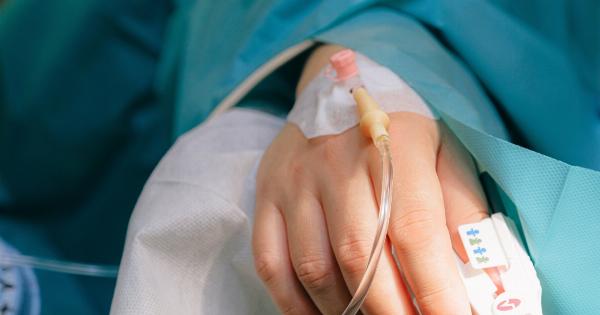Shellfish allergy is among the most common food allergies. It usually persists for a lifetime; just about 10% of kids outgrow it. A child who is allergic to one kind of shellfish has a higher risk of developing allergies to additional shellfish.
The symptoms of allergic reactions to shellfish can vary from mild to severe. Below are tips for parents when their children react to shellfish:.
Identifying the Symptoms of Shellfish Allergies in Children
Shrimp, crab, and lobster are the most widely consumed shellfish in the United States. When your child is allergic to shellfish, the body responds to the unwelcome invaders by mounting an immune response.
The immune response stimulates the release of histamines and other chemicals into the blood. These chemicals are responsible for the allergic reaction.
The symptoms may include:.
- Stomach pain
- Swelling of the lips, face, or mouth
- Wheezing
- Chest pain
- Mouth itchiness
- Vomiting
- Nausea
- Tingling in the throat
- Cough
- Difficulty swallowing
Diagnosing Shellfish Allergies in Children
Food allergies can be diagnosed by a skin prick test or a blood test. Both are done by allergists. Based on the results of these tests, the allergist will diagnose whether your child has a shellfish allergy and how severe it is.
Avoiding Shellfish: Keeping Your Child Safe
The most obvious way to keep your child safe after an allergic reaction to shellfish is by avoiding them. However, since there are numerous hidden sources of shellfish, this may be easier said than done.
As a result, it’s critical to pay attention to food labels and ask questions when eating out.
The following foods may include shellfish or shellfish derivatives:.
- Seafood
- Surimi
- Crab/lobster paste
- Seafood flavorings
- Shrimp/prawn paste
- Codfish balls
- Fish stocks
- Japanese eel (unagi)
- Oyster sauce
- Cioppino
- Bouillabaisse
- Paella
- Mollusks
Be Prepared for an Allergic Reaction:
It is critical for caregivers and parents of children with allergies to be prepared for an allergic reaction. This involves enacting an emergency treatment strategy.
Speak with your doctor about how to prepare an action plan in the event of a severe reaction.
Depending on the severity of the allergic reaction, the allergist may prescribe an epinephrine auto-injector. This device is simple to use and injects the epinephrine, which is a life-saving drug, into the muscle.
This medicine aids in preventing or minimizing the symptoms of a dangerous allergic reaction.
Stay Educated about Your Child’s Allergy:
You should educate your child as well as their close family members, including grandparents, aunts, uncles, and babysitters, about the child’s allergy.
It’s critical to explain the scenario and what measures should be taken to avoid an allergic reaction. Teach children the importance of reading labels, asking questions when dining out, and avoiding sharing food with classmates or friends.
Plan Ahead for School, Camp, and Parties:
It’s critical to plan ahead when sending children to school, camps or having them attend parties. The caregiver, teacher, or the person in charge of the gathering should be informed about the child’s allergy.
Parents can also consider packing safe snacks for their child if they’re uncertain about the food offered. In addition, some schools allow students who have allergies to keep emergency medications on hand, such as an epinephrine auto-injector.
Bottom Line:
Having a child with a shellfish allergy can be difficult, but by keeping your child safe and prepared, you can help them live a normal life. Be vigilant and take every action necessary to prevent allergic reactions.






























